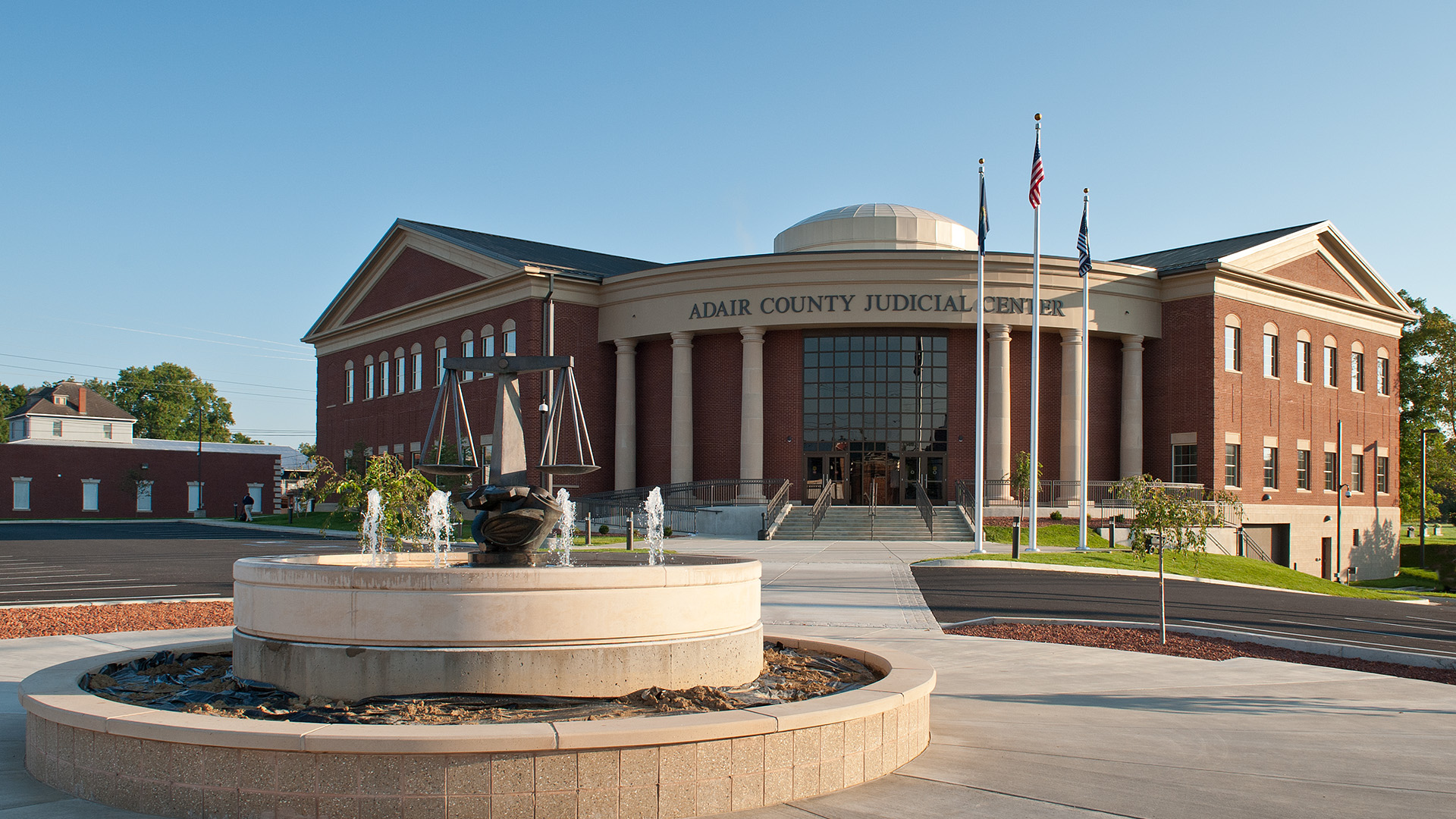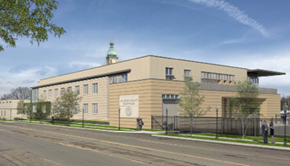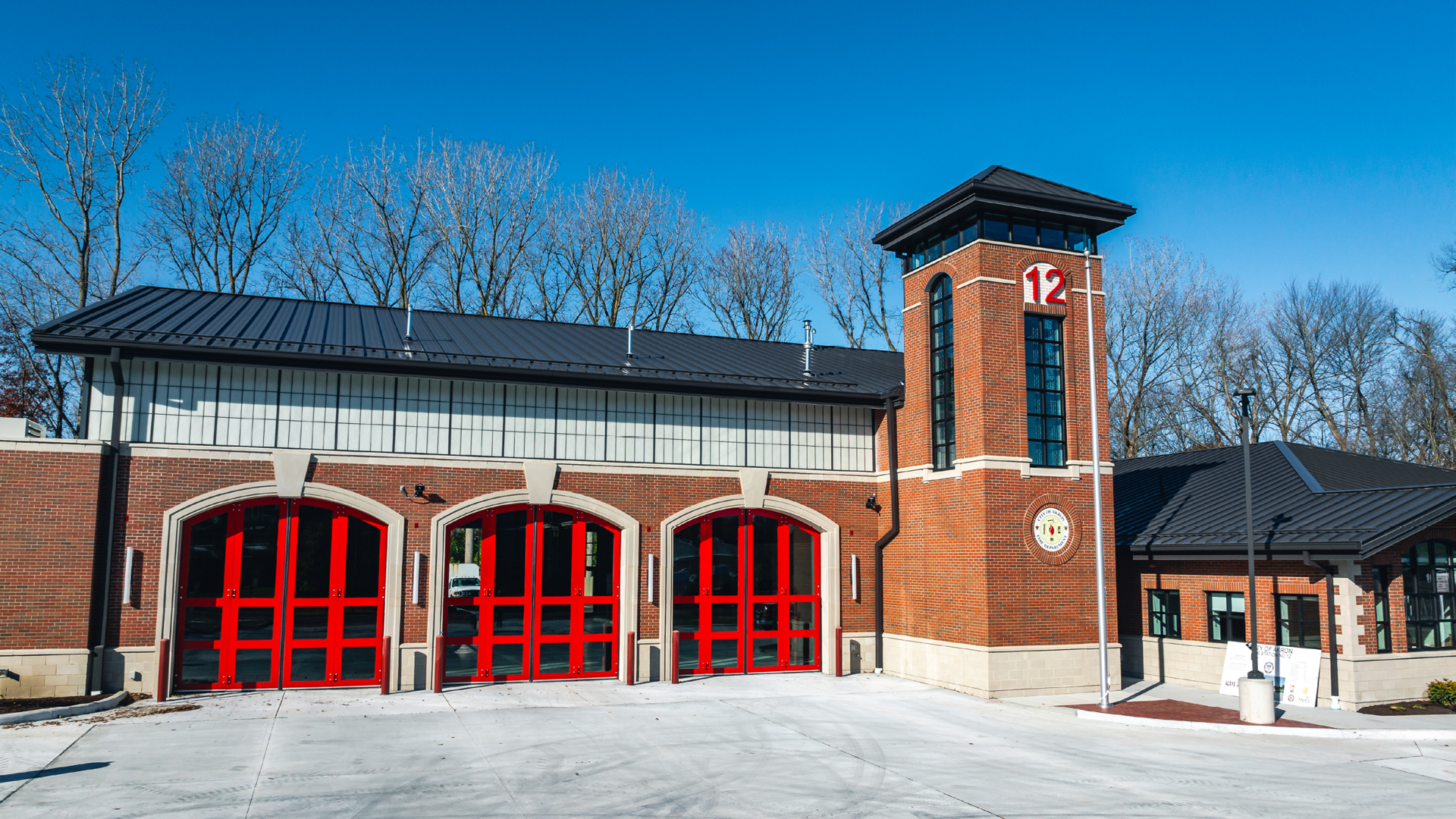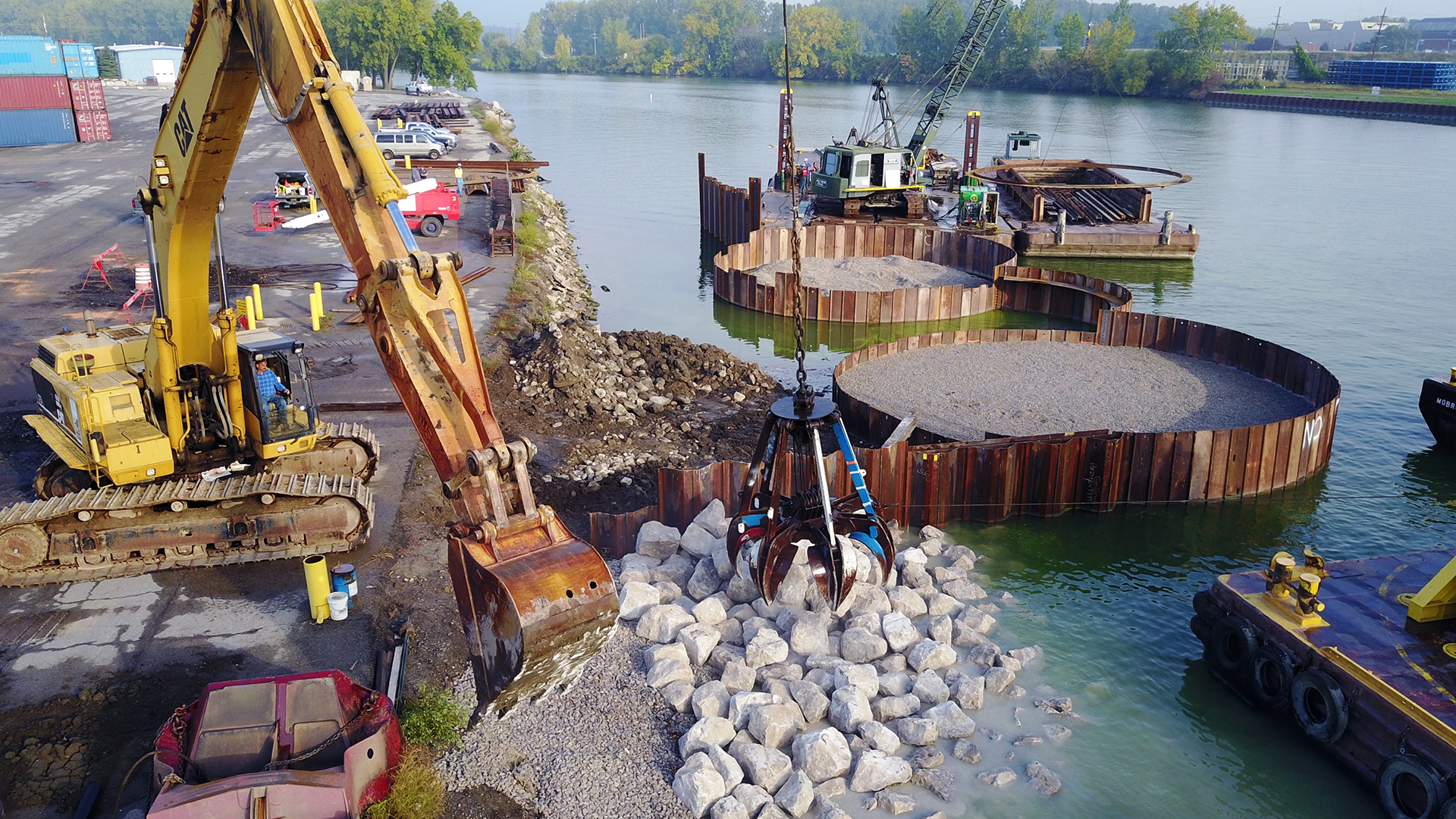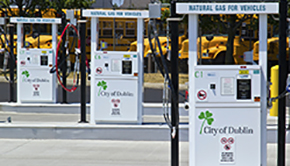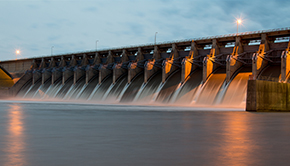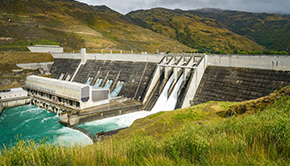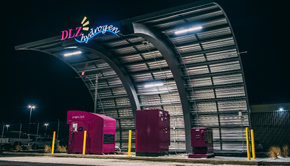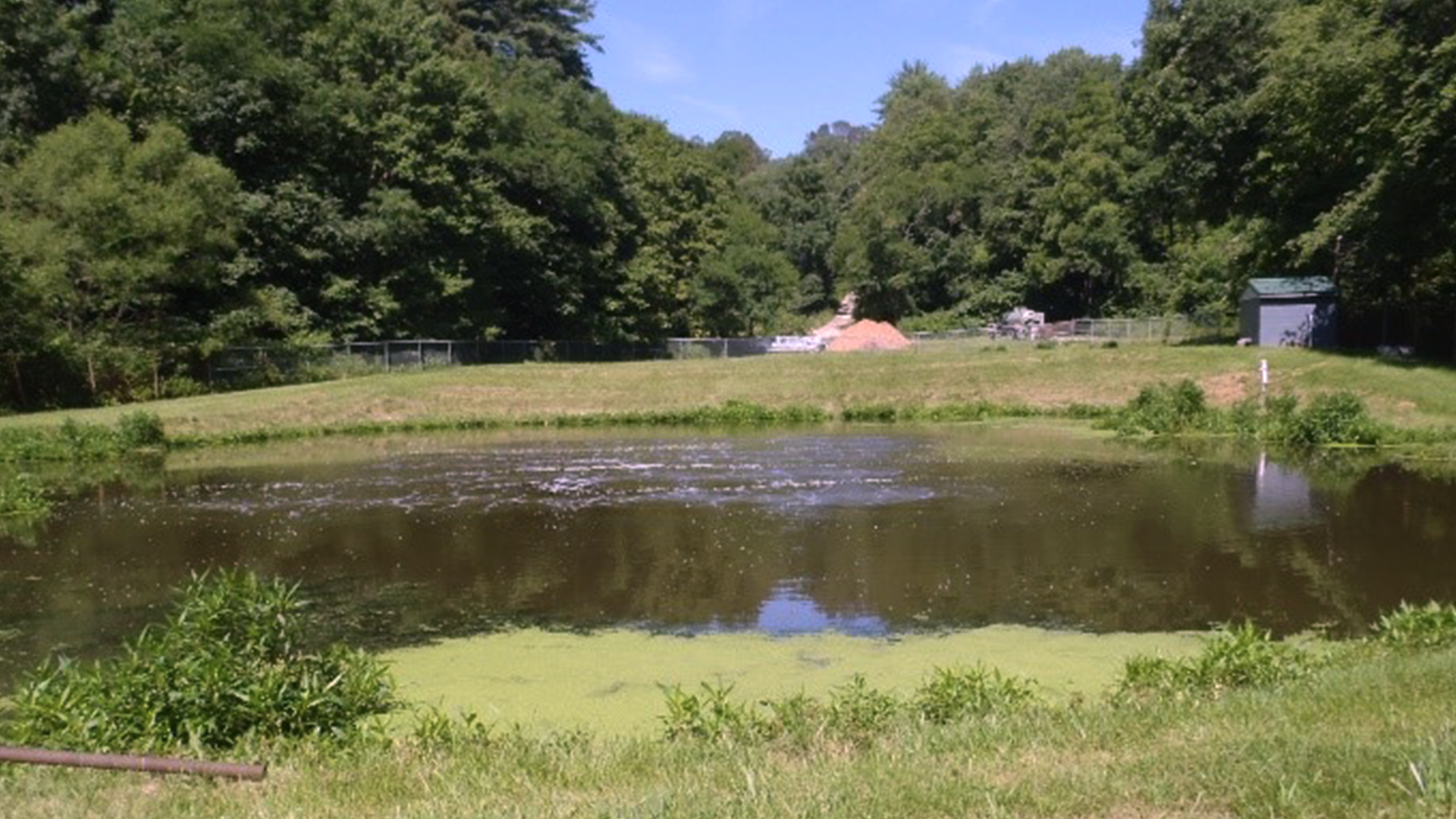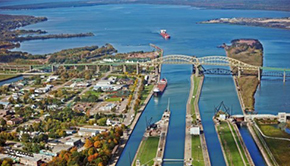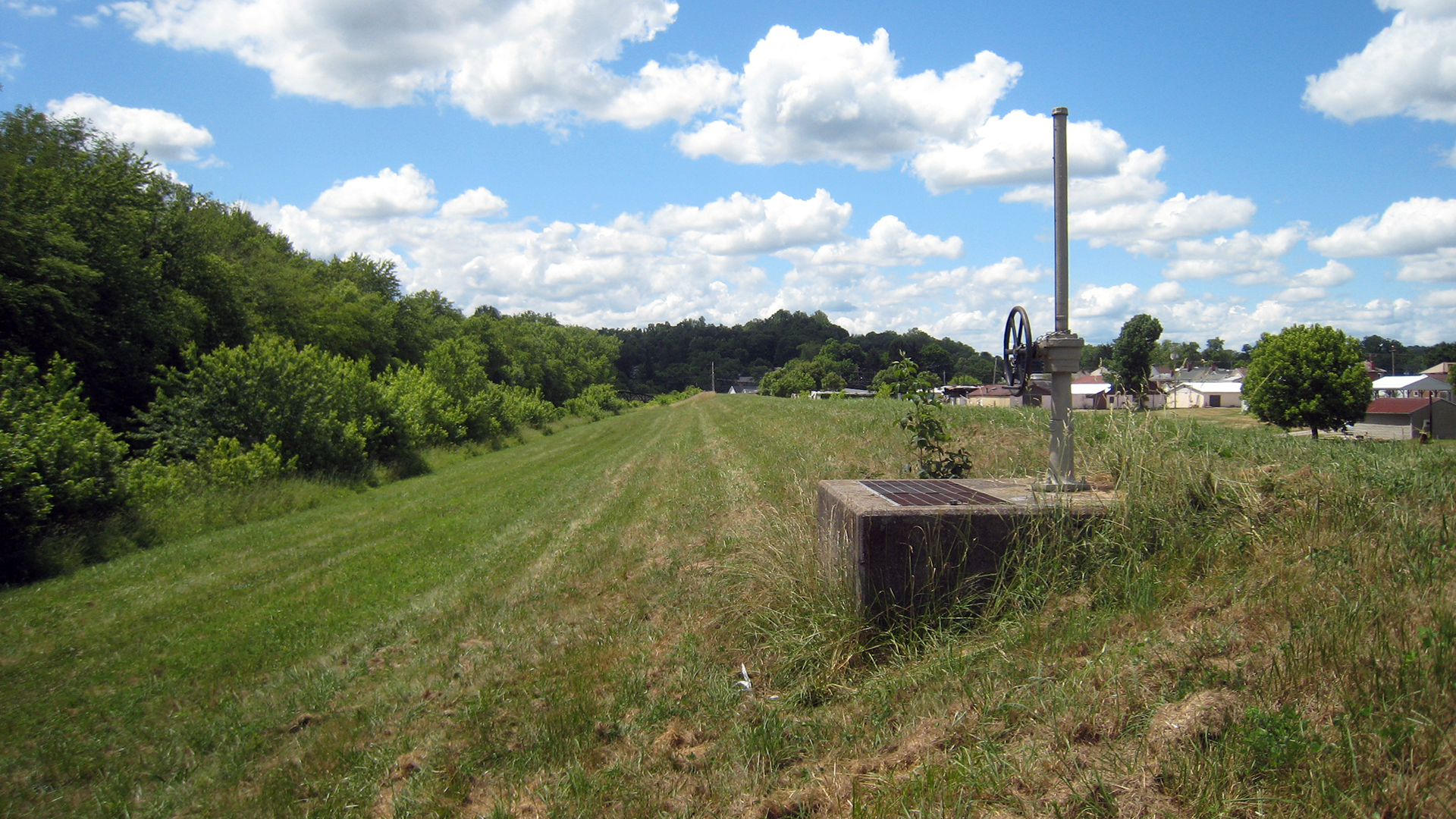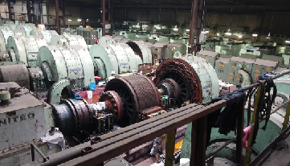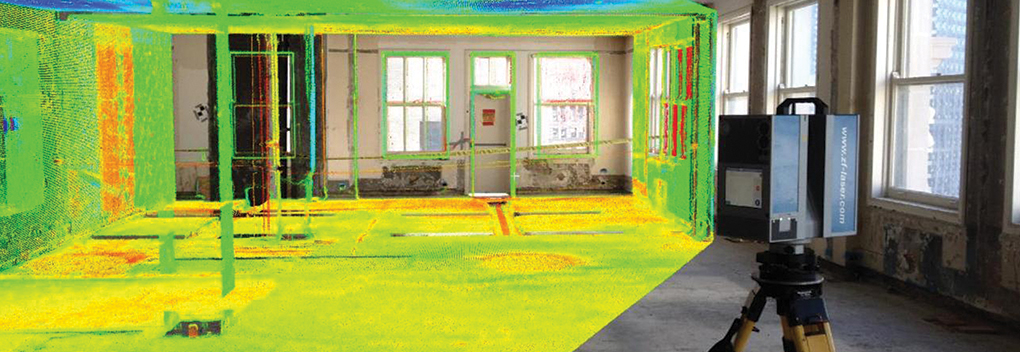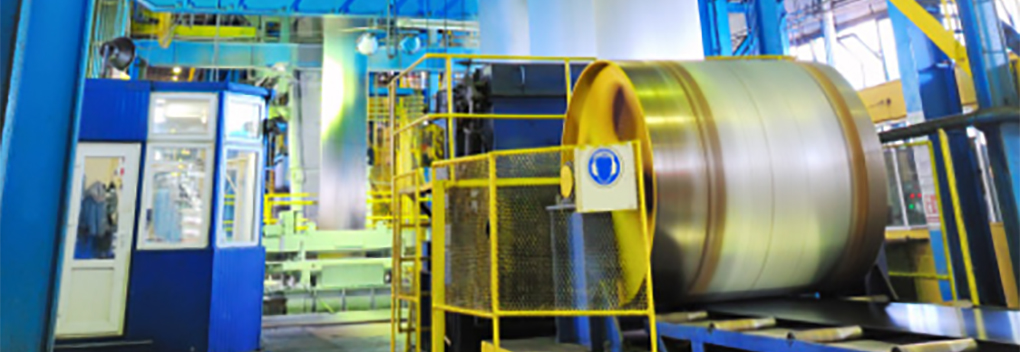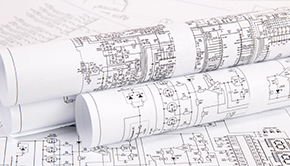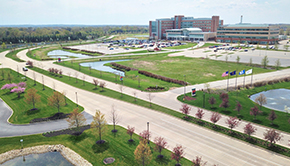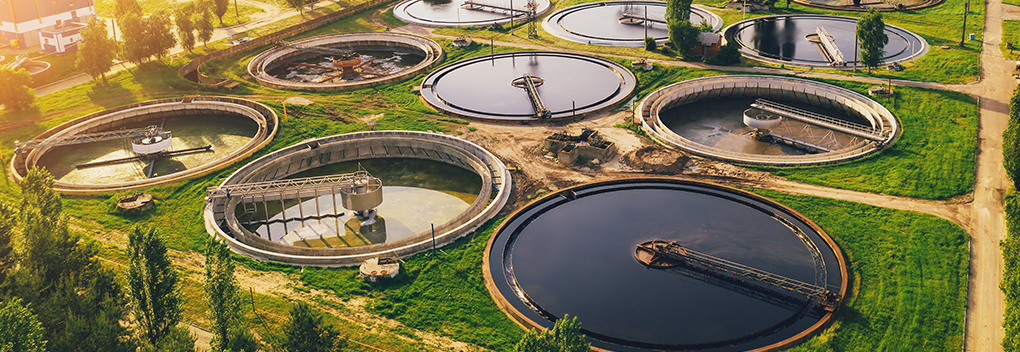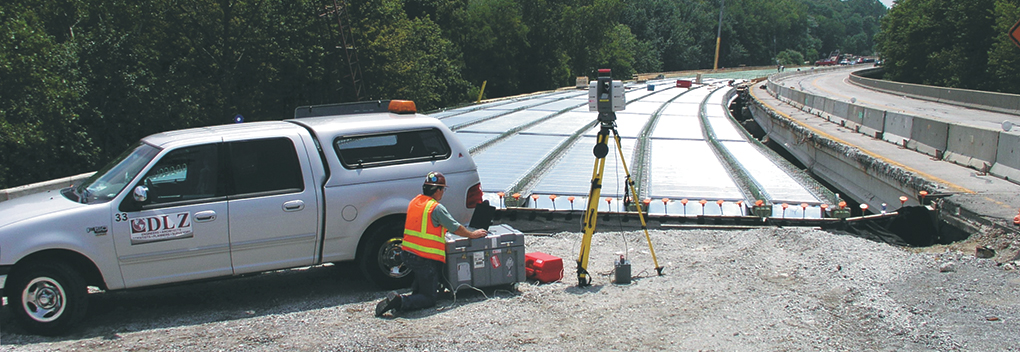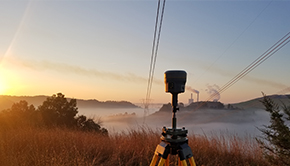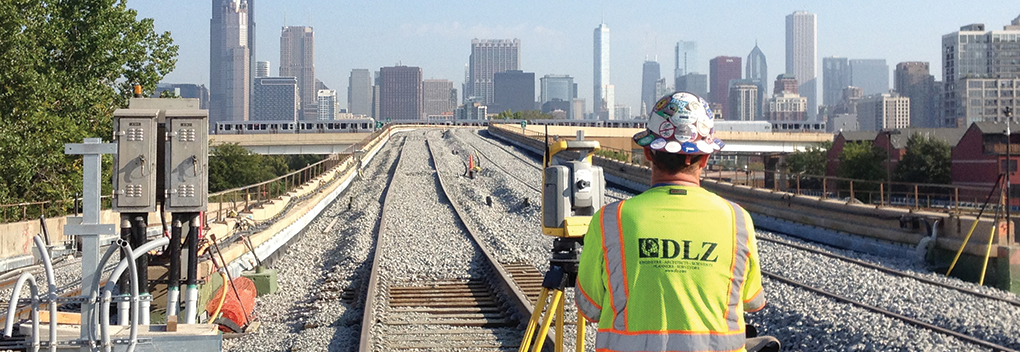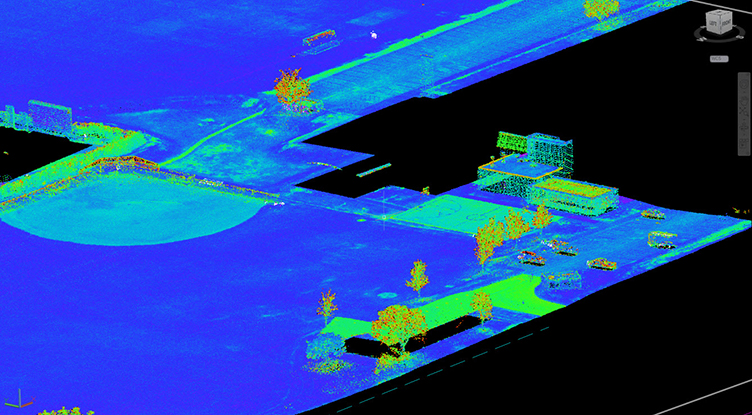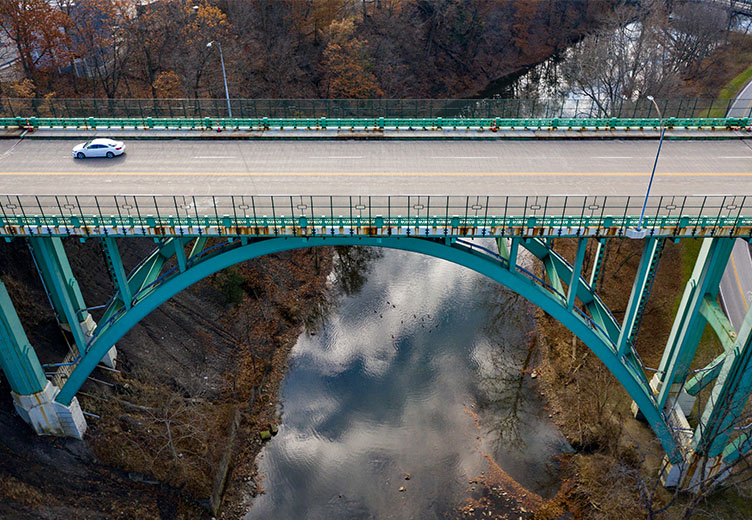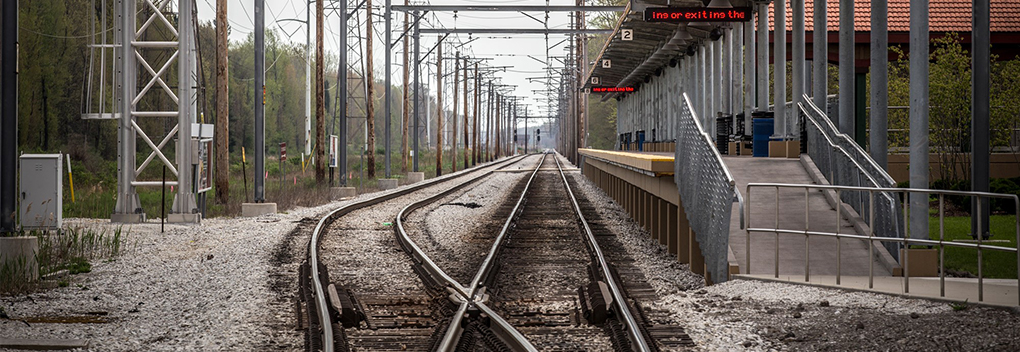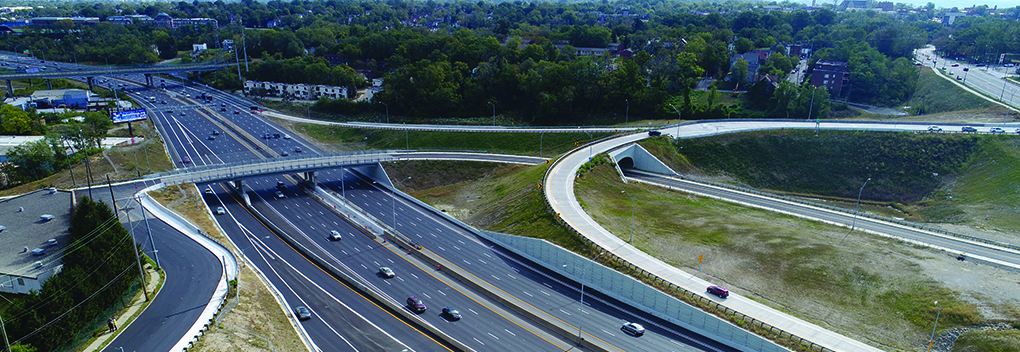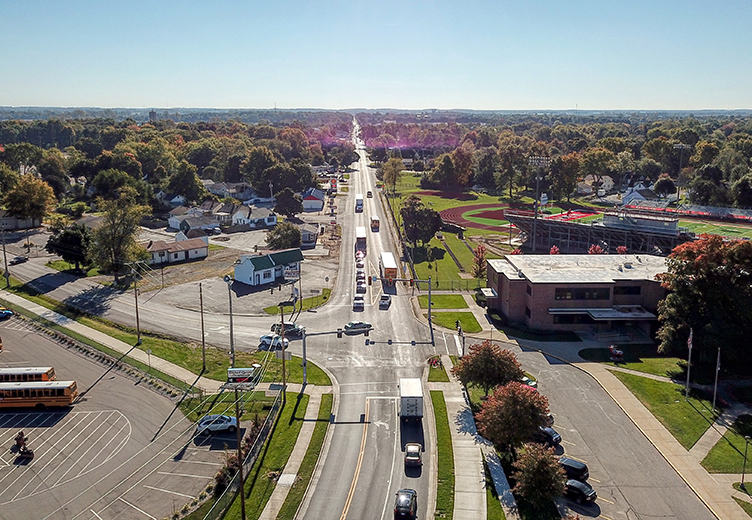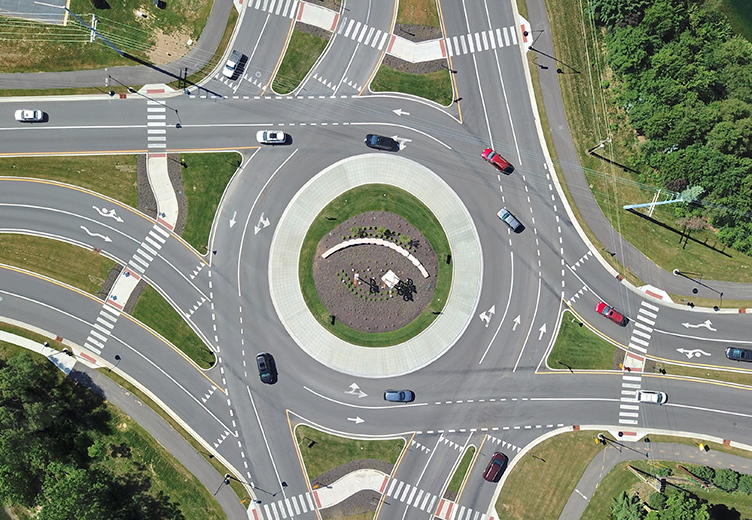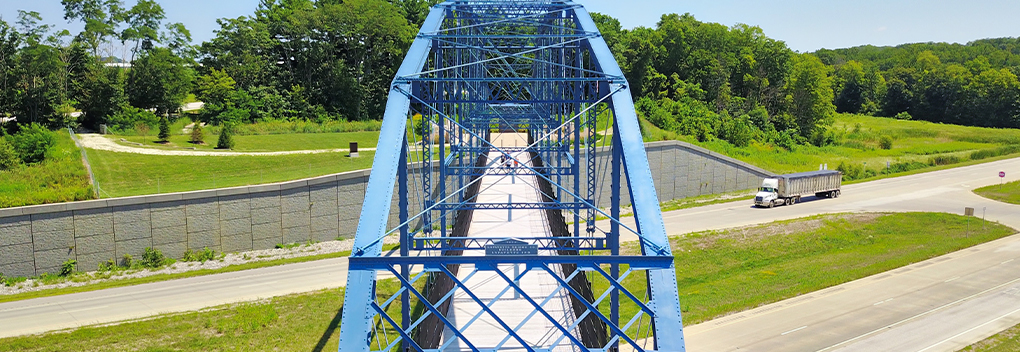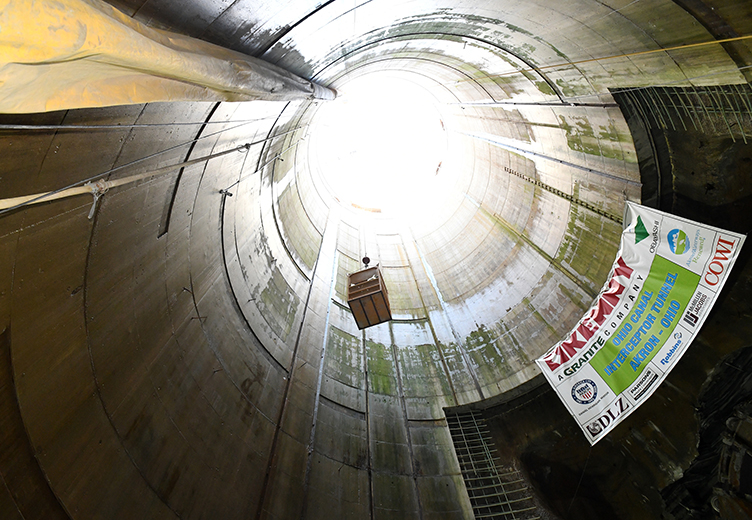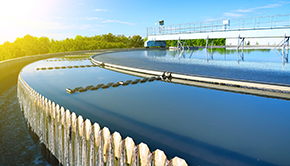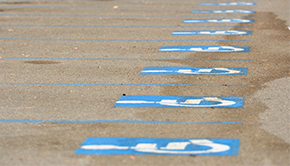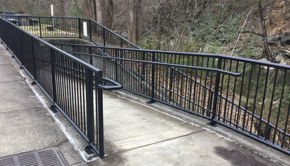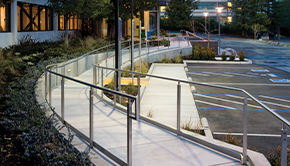Rack 40/31 Storage Basin and Pump Station Project
The Rack 40/31 Storage Basin and Pump Station Project was the first significant project in the City of Akron’s $367 million CSO program. DLZ had served as the City’s program manager and lead consultant during the development of the CSO Long Term Control Plan and the major Wastewater Facility Plan Update Study.
The purpose of the Rack 40/31 Storage Basin was to capture the overflow from two combined sewer overflows, Racks 40 and 31. The Rack 40 overflow was determined to be the major overflow in the City’s combined sewer system. The storage basin had a storage capacity of 9.5 MG with a 108-inch influent line from the Diversion Chamber, where the overflows from the two racks were collected. The storage basin was an open tank design with gravity in and pump out hydraulics and was divided into three cells. Separating the storage basin into three cells was done to minimize maintenance. The size of the overflow event determined how many cells were filled. This confined the smaller events to one of the cells instead of the entire storage basin, thus reducing the effort needed to clean the storage basin after an event. Flushing gates were the primary means for cleaning the basin after a storm event with water cannons being used for secondary cleanup. The flushing gates were filled initially with overflow. If a second or third flushing was necessary, they were filled with either overflow from the dewatering pumps or from City’s water system.
The storage basin was dewatered using submersible pumps with a capacity of 9.5 MGD, which enabled them to dewater the storage basin in a day if necessary. Three submersible Vaughan Chopper pumps, one for each cell with each cell being interconnected, were used for dewatering the storage basin. The cells being interconnected allowed the stored flow to be diverted to another cell’s pump in case of maintenance or pump malfunction.
Another unique feature of this storage basin was that it was remotely managed from the City of Akron WPCS using fiber-optic lines. All main valves were motorized, and the site was observed using closed-circuit television with cameras located at critical locations around the site.
DLZ was the program manager and lead consultant on the project during preliminary design through detailed design and construction. There were four other subconsultants on the project. DLZ’s assigned tasks included:
- Preparing the preliminary design of the project to 30% level, including all electrical, mechanical, structural, instrumentation and control, process, and site/civil aspects of the design for the storage basin including the selection and sizing of all equipment, selecting the site, establishing the basin configuration, determining the hydraulic profile, and performing geotechnical and surveying services for the storage basin.
- Establishing the standards and format for all design and report deliverables.
- Monitoring and managing the project subconsultants.
Along with the program management and lead consultant responsibilities on the project from preliminary design through detailed design and construction, DLZ provided drilling, laboratory testing, and geotechnical engineering services. Our drilling division performed 36 soil borings and installed 24 monitoring wells for three alternate locations for the basin. The laboratory-testing program consisted of general index tests (particle size, plasticity, moisture content) and shear strength, consolidation, and permeability testing of representative soil samples.
The previous uses of the site made the subsurface exploration difficult. The site for the storage basin in the past served as a municipal landfill and as a site for the City’s original wastewater treatment facility. Borings were advanced through up to 22 feet of municipal waste and had to be double cased through the fill to prevent leachate migration to the lower water-bearing deposits. In some instances, buried structures or foundation elements from the previous treatment works that had been abandoned in place were encountered.
Beneath the municipal waste fill, the exploratory borings revealed a glaciolacustrine deposit of saturated silt extending to depths greater than 115 feet below the surface. Monitoring wells installed in this deposit indicated artesian pressures as high as twelve feet above the top of the proposed basin (42 feet above the basin floor). These site conditions presented significant challenges to the design and construction of the facility. Proper control of groundwater during construction and design features to resist hydrostatic uplift forces on the finished structure would be critical to the project‘s success.
DLZ’s geotechnical division performed stability and seepage analyses relative to the heave/boiling of the excavation bottom in support of the design effort. It made recommendations relative to groundwater control, foundation support, lateral earth pressure, temporary excavation support, and design measures to resist hydrostatic uplift. The design incorporated more than 1,000 soil anchors with allowable capacities as great as 70 tons each to withstand the anticipated uplift force.

